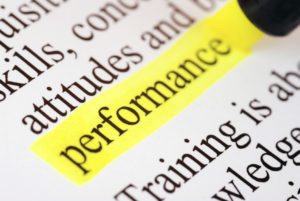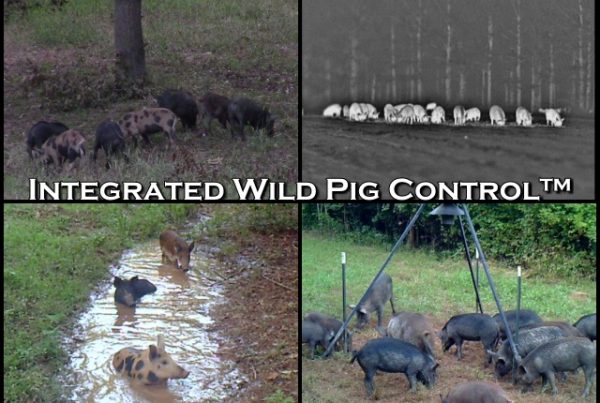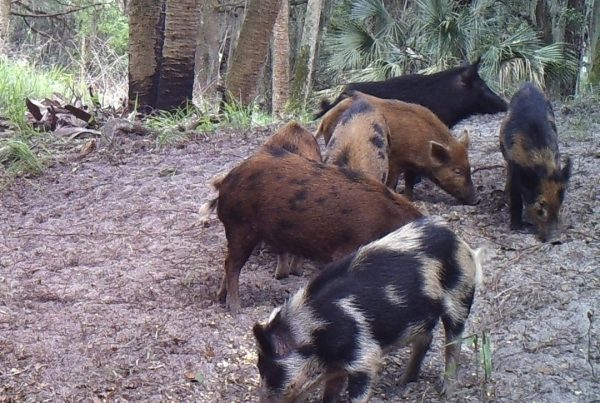The Four P’s of Hog Control
We use a simple equation (people + process + product = performance) to understand, manage and improve Integrated Wild Pig Control® (IWPC®) results. Trained people must execute an effective work process using efficient products capable of achieving the stated performance standard. The term “effective” measures the degree to which the desired result is produced and “efficient” measures maximum productivity with minimum waste, expense or effort.
1. Performance
 Performance must be measurable and quantifiable since it determines whether the mission, goal or objective is being met. The performance standard must be established first because all variables are measured from the mission’s success or failure. For example, our IWPC® performance standard of “100% removal of the entire sounder spending the least amount of fuel, time and labor” is measurable and quantifiable. Mission failure can be isolated to either untrained people, an ineffective process, an inefficient product or a combination of these variables. Land managers making performance-based decisions can implement the needed changes necessary to accomplish the mission.
Performance must be measurable and quantifiable since it determines whether the mission, goal or objective is being met. The performance standard must be established first because all variables are measured from the mission’s success or failure. For example, our IWPC® performance standard of “100% removal of the entire sounder spending the least amount of fuel, time and labor” is measurable and quantifiable. Mission failure can be isolated to either untrained people, an ineffective process, an inefficient product or a combination of these variables. Land managers making performance-based decisions can implement the needed changes necessary to accomplish the mission.
Performance measures can be grouped into at least six categories which are listed below with their definitions. The best performance standards are written to accomplish multiple categories at once and are focused to improve the people, process and products working together.
Effective- Measures the degree to which the desired result is produced.
Efficient- Measures maximum productivity with minimum waste, expense or effort.
Quality- Standard of something as measured against other things of a similar kind.
Timely- Measures whether a unit of work was performed in a favorable time.
Productive- Value added by the process divided by the labor and capital spent.
Safe- Measures the overall exposure to danger or risk.
2. People

3. Process

4. Product

BENEFITS OF MEASURING PERFORMANCE
Land managers cannot manage what they do not measure. Measuring performance standards is a continuous cycle which allows new training opportunities for people as more efficient methods and technologies are invented. Leaders should be constantly optimizing their process and products to improve mission success.
Listed below are the eight most important benefits of measuring performance standards:
1. Ensures decisions are based on facts instead of emotions. Are decisions based upon documented field data? Or intuition and feelings?
2. Identifies whether the mission is being accomplished. What level are we operating? What was the actual kill or capture percentage last week? Last month? Last quarter? Last year?
3. Identifies whether people are qualified and trained. Are personnel capable of accomplishing the performance standard? Do they know how to effectively implement the processes and operate the products?
4. Identifies whether the process or method is effective. Is the process or method capable of accomplishing the 100% kill or capture performance standard? What are the problems and solutions?
5. Identifies whether the product or technology is efficient. Is the product or technology capable of accomplishing the 100% kill or capture performance standard? What are the problems and solutions?
6. Identifies problems that bias, bureaucracy and emotions cover up. Some organizations have been performing a hog control mission for a long time without a quantifiable or measurable performance standard and incorrectly believe their people, process and products are good enough.
7. Identifies where improvements need to be made. What can we do better? How can we improve?
8. Identifies if improvements were effectively implemented. Did we improve from the last assessment?





